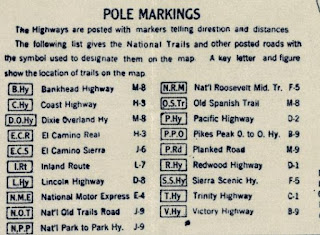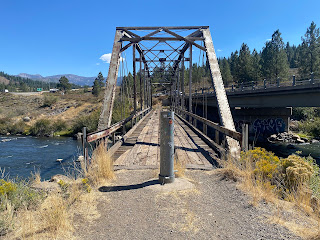The Victory Highway was formally organized during 1921 as a coast-to-coast highway aligned from New York to San Francisco. The Victory Highway Association lived on after the creation of the US Route System and became the US Route 40 Association in 1938.
The initial draft of the US Route System was approved by the Secretary of Agriculture during November of 1925. The US Route System within California was approved by California Highway Commission with no changes recommended by January 1926. The alignment of US Route 40 east of Sacramento was planned to follow the existing Northern Branch of the Lincoln Highway and Victory Highway over LRN 3, LRN 17, LRN 37 and LRN 38 to the Nevada state line at Verdi.
Thusly US Route 40 appears on the 1925 Rand McNally Map of California east of Sacramento to Verdi. Conceptual US Route 40 is shown following the Dog Valley Grade east of Truckee.
The May 1926 California Highways & Public Works noted LRN 38 in the Truckee River Canyon between Truckee and the Nevada state line as having been fully graded. The new segment of LRN 38 is stated to have a planned opening on June 10, 1926, as a bypass to the Dog Valley Grade.




































Comments